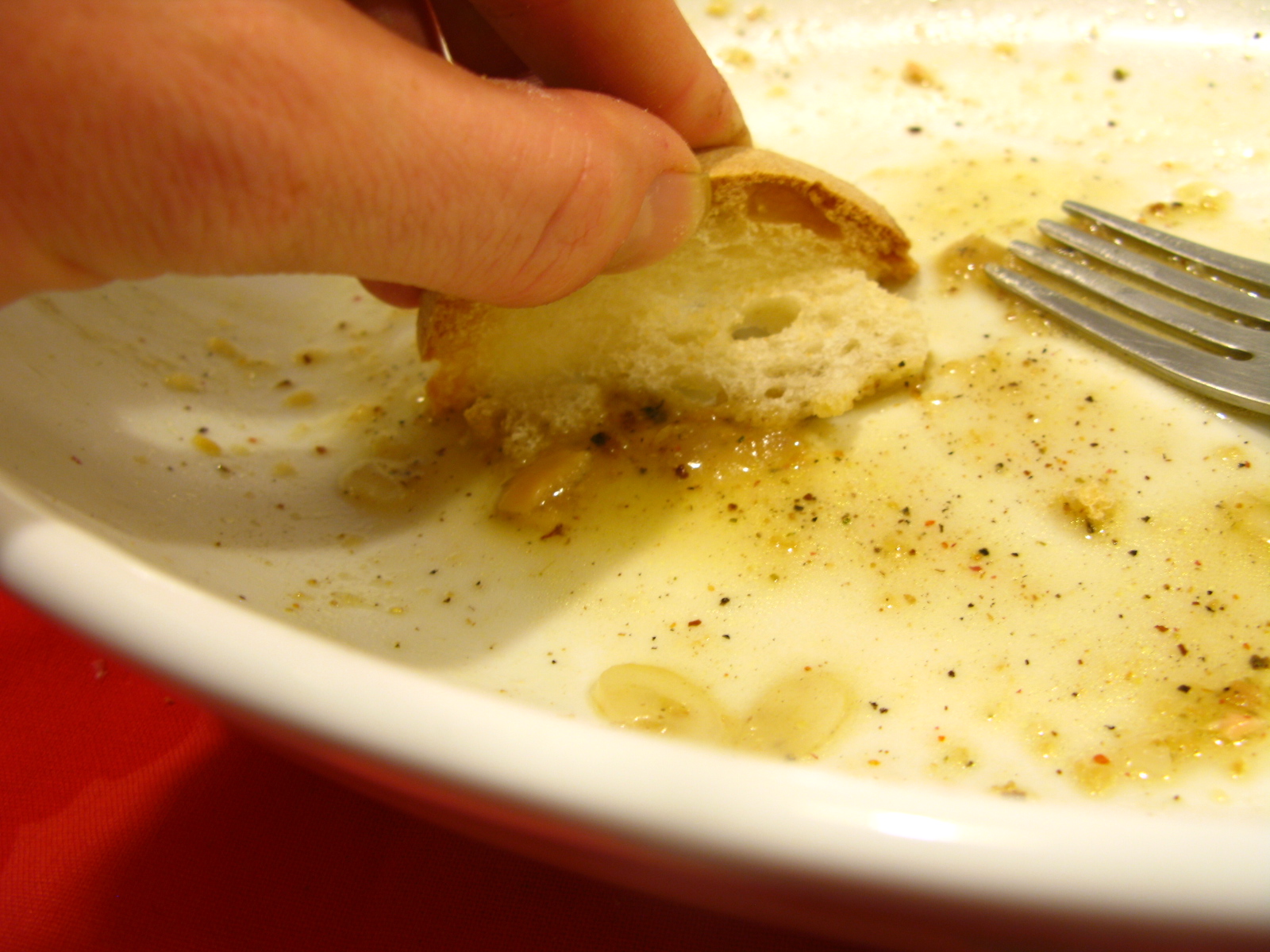Vin Santo is a traditional Tuscan wine that is not only made commercially, but also on farms and in people’s homes. It’s a rich, sweet wine that got its name (Vin Santo means ‘holy wine’) as it used to be used by the priest in Holy Communion.

Halfway between wine and whiskey, this almondy, caramelized sweet wine is some of the most distinctive after-dinner wines found in Italy.
Traditionally, you might also be offered a glass of Vin Santo when you visit someone’s home – hence the nickname the ‘wine of friendship’.
There are wide variations in Vin Santo’s quality – those producers who make good ones tell ominous tales of others cutting their wines with spirits to bring them up to the required alcohol level, adding caramel for color and flavor, and so forth.
Usually getting up to about 16 to 18 percent alcohol and taking on a deep, amber color from the small chestnut or oak casks in which it is aged, Vin Santo is more robust than most other dessert wines made from white grapes.
Although is is produced in other regions of Italy (Trentino Alto-Adige, Umbria), it is a Tuscan signature, the kind of wine most Tuscan vintners make at least a little bit of for special occasions.
Tuscans say that a bottle of Vin Santo can be left open for months without spoiling the flavour. It makes an excellent after-dinner wine. In Tuscany, people also have Vin Santo with cantucci (little almond biscuits traditionally made in the Tuscan city of Prato): this is exemplified by the well-known practice of dunking these almond biscotti in Vin Santo, which seems to bring out the best in both.
Rather than explode with a blast of sugar, as most sweet-on-sweet combinations do, the Vin Santo-biscotto combo is an intuitive melding of opposites: the wine sweetens and softens the dry cookie, while the cookie cushions the blow of the intense, even spiritous wine.
The basic formula for Tuscan Vin Santo incorporates the white grapes trebbiano and malvasia, which are dried after harvest anywhere from three to six months (most DOC regulations call for the wine to begin vinification the March after the harvest).
This appassimento is the same process as that for other Italian wines (Amarone in Veneto), although Vin Santo producers tend to hang strung-together bunches from hooks rather than lay the grapes on mats to dry.
Once the dried grapes are pressed, the juice is vinified in small casks of chestnut or oak, which vary in size but are not usually larger than five hundred liters.
The fermentation literally takes years, and no new wine is added during the fermentation and maturation, meaning that over the course of the three-plus years a Vin Santo is required to age, there is some evaporation. The resultant wines are usually a burnished amber, except for the rare, rose-colored Occhio di Pernice (eye of the partridge) versions, which are usually made with two-thirds red grapes and one-third white.
Article by Degustibus










De Gustibus
Thanks for this nice and interesting article about il Vin Santo. I also I found another explanation about the name of this wine. It seems that at same point, many centuries ago a very hight Greek Orthodox Authority either a bishop, or the Pope stopped in Florence, and that after he drank a glass glass of Vin Santo. He might have said: “This wine tastes like the wine of Xantos!” which is an island in Greece that produces a similar wine. Regardless the Vin Santo e Cantuccini are one of the best way to finish a nice Tuscan meal.
Ciao e buon lavoro,
Marco